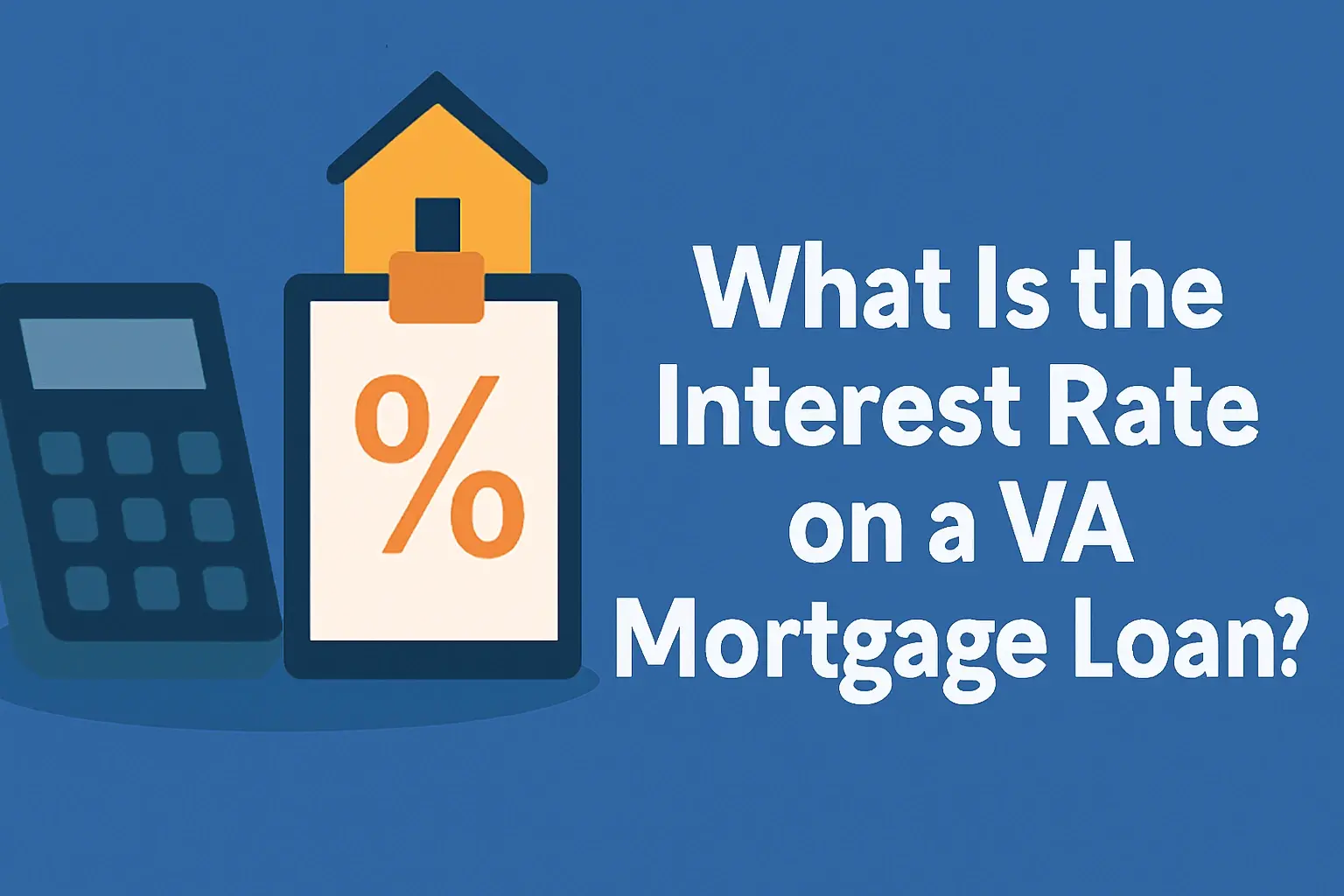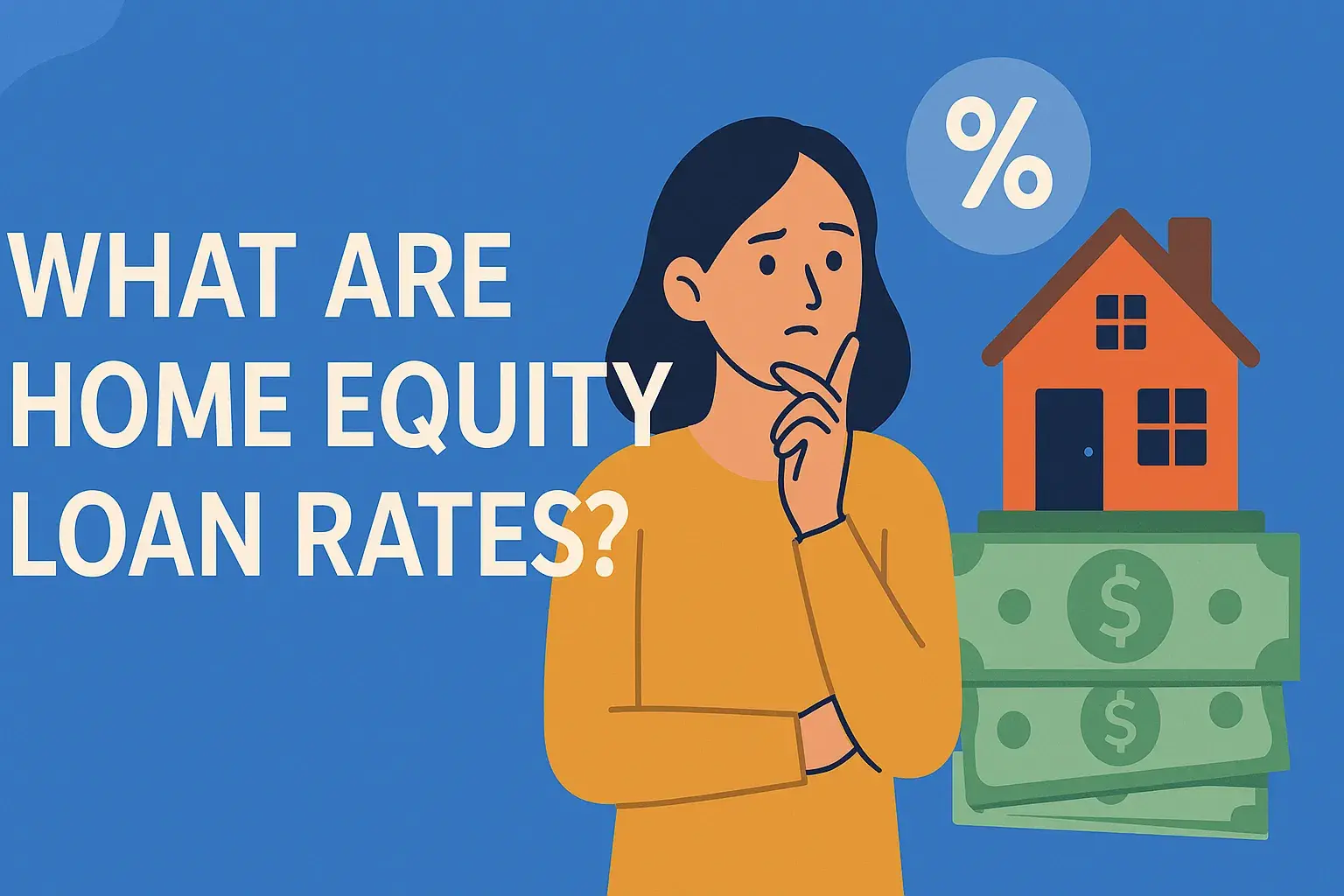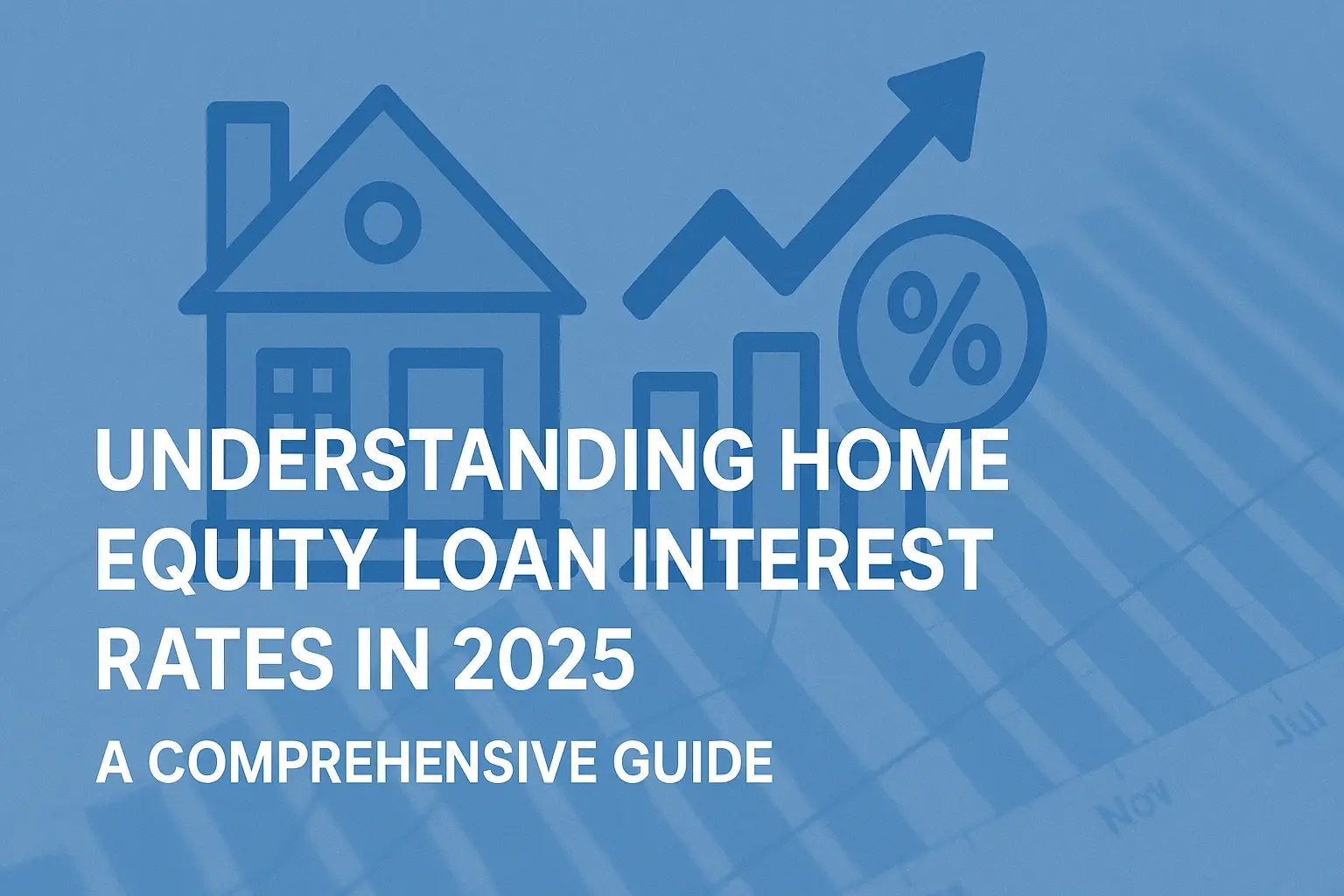-
Posted on: 23 Aug 2024

-
Buying a home is a significant milestone, and getting preapproved for a home loan is a crucial first step. Pre-approval gives you a clear idea of how much you can borrow and strengthens your offer when you find the perfect property. This comprehensive guide will walk you through the entire pre-approval process, from understanding what it is to preparing the necessary documents and navigating potential challenges.
What is Home Loan Pre-Approval?
Home loan pre-approval (also known as mortgage pre-approval) is a lender's preliminary assessment of your ability to qualify for a mortgage. It involves a review of your financial information, including your credit history, income, assets, and debts. If approved, the lender provides a letter stating the loan amount you're likely to be approved for, subject to certain conditions like a satisfactory appraisal of the property you want to buy.
Pre-Approval vs. Pre-Qualification
It's important to distinguish between pre-approval and pre-qualification. Pre-qualification is a less formal process, often based on self-reported information and without a thorough credit check. Pre-approval, on the other hand, requires documentation and a hard credit inquiry, making it a more reliable indicator of your borrowing power. Think of pre-qualification as an estimate and pre-approval as a more solid commitment (though not a guarantee) from the lender.
Why Get Preapproved?
There are several compelling reasons to get preapproved for a home loan:
- Know Your Budget: Pre-approval helps you understand how much you can realistically afford, preventing you from wasting time looking at homes outside your price range.
- Strengthen Your Offer: Sellers often favor offers from preapproved buyers because it signals that you're a serious and qualified candidate. This is particularly important in competitive markets.
- Faster Closing Process: Having the initial underwriting done upfront streamlines the closing process, allowing you to move into your new home faster.
- Identify Potential Issues Early: The pre-approval process can uncover any potential credit or financial issues that could hinder your ability to get a mortgage, giving you time to address them.
- Negotiating Power: Knowing your approved loan amount allows you to confidently negotiate with sellers.
The Pre-Approval Process: Step-by-Step
Getting preapproved for a home loan involves several key steps:
1. Check Your Credit Score
Your credit score is a significant factor in determining your mortgage rate and approval. Obtain a copy of your credit report from all three major credit bureaus (Equifax, Experian, and TransUnion) and review them for any errors or discrepancies. Address any issues promptly to improve your score. Aim for a credit score of at least 620, although a higher score (740 or above) will generally get you the best interest rates.
How to Improve Your Credit Score:
- Pay bills on time, every time.
- Keep credit card balances low.
- Avoid opening too many new credit accounts at once.
- Don't close old credit accounts, as they contribute to your credit history length.
- Dispute any errors on your credit report.
2. Gather Your Financial Documents
You'll need to provide a range of financial documents to the lender. Having these readily available will speed up the pre-approval process. Here's a checklist of common documents:
- Identification: Driver's license, passport, or other government-issued photo ID.
- Proof of Income:
- Pay stubs from the past two to three months.
- W-2 forms from the past two years.
- If self-employed, tax returns (1040s) for the past two years, including all schedules.
- If you receive alimony or child support, documentation of these payments.
- Bank Statements: Bank statements for the past two to three months, showing all accounts (checking, savings, etc.).
- Asset Verification: Statements for investment accounts (stocks, bonds, retirement accounts).
- Debt Verification: Information about all outstanding debts, including credit cards, student loans, auto loans, and other mortgages.
- Gift Letter (if applicable): If you're receiving a gift for your down payment, a signed gift letter from the donor stating that the money is a gift and not a loan, along with documentation of the donor's ability to provide the funds.
- Rental History (if applicable): Proof of rental payments, such as canceled checks or a letter from your landlord.
3. Choose a Lender
Shop around and compare offers from different lenders. Consider factors such as interest rates, fees, loan products (e.g., conventional, FHA, VA), and customer service. Get quotes from at least three different lenders to ensure you're getting the best deal. Types of lenders you could consider include:
- Banks: Offer a wide range of loan products and often have established relationships with customers.
- Credit Unions: May offer lower interest rates and fees to their members.
- Mortgage Brokers: Work with multiple lenders to find the best loan options for your situation.
- Online Lenders: Often offer competitive rates and a streamlined application process.
Don't just focus on the interest rate; consider the overall cost of the loan, including closing costs and fees. Also, research the lender's reputation and read online reviews to get a sense of their customer service and reliability.
4. Complete the Loan Application
Once you've chosen a lender, you'll need to complete a formal loan application. This application will request detailed information about your financial situation, including your income, assets, debts, and employment history. Be honest and accurate in your responses, as any misrepresentation could lead to denial of the loan. The lender will use this information, along with your credit report and supporting documents, to assess your creditworthiness.
5. Undergo Credit Check and Document Verification
The lender will perform a hard credit inquiry to review your credit report and assess your creditworthiness. They will also meticulously verify the documents you provided to ensure their accuracy and consistency. Be prepared to answer any questions the lender may have and provide additional documentation if requested. This process helps the lender assess the risk associated with lending you money.
6. Receive Pre-Approval Letter
If your application is approved, the lender will issue a pre-approval letter. This letter states the maximum loan amount you're likely to be approved for, the interest rate (which is usually subject to change), and the loan term. The pre-approval letter is typically valid for a specific period, often 60 to 90 days. Keep in mind that pre-approval is not a guarantee of final loan approval. The lender will still need to verify the value of the property you intend to purchase and ensure that your financial situation remains stable.
Factors Affecting Pre-Approval
Several factors influence your ability to get preapproved for a home loan. Understanding these factors can help you prepare and improve your chances of success:
- Credit Score: As mentioned earlier, a higher credit score generally leads to better interest rates and a higher likelihood of approval.
- Debt-to-Income Ratio (DTI): DTI is the percentage of your gross monthly income that goes towards paying debts. Lenders typically prefer a DTI of 43% or less. Calculate your DTI by dividing your total monthly debt payments by your gross monthly income.
- Income: Your income must be sufficient to cover your mortgage payments, property taxes, homeowners insurance, and other expenses associated with homeownership.
- Down Payment: The size of your down payment can impact your loan terms and interest rate. A larger down payment demonstrates your financial stability and reduces the lender's risk.
- Employment History: Lenders prefer borrowers with a stable employment history. They typically look for at least two years of consistent employment.
- Assets: Having sufficient assets, such as savings, investments, and retirement accounts, demonstrates your ability to handle unexpected expenses and provides a financial cushion.
Common Mistakes to Avoid
Avoid these common mistakes during the pre-approval process:
- Making Large Purchases: Avoid making large purchases on credit before or during the pre-approval process, as this can increase your debt-to-income ratio and negatively impact your credit score.
- Changing Jobs: Changing jobs can disrupt your employment history and make it harder to get approved. If possible, avoid changing jobs until after you've closed on your home.
- Opening New Credit Accounts: Opening new credit accounts can lower your credit score and increase your debt burden.
- Providing Inaccurate Information: Be honest and accurate on your loan application. Providing false or misleading information can lead to denial of the loan and potential legal consequences.
- Ignoring Red Flags: If the lender identifies any potential issues, address them promptly and transparently. Ignoring red flags can delay or derail the pre-approval process.
Maintaining Your Pre-Approval
Getting preapproved is just the first step. It's important to maintain your financial stability and avoid any actions that could jeopardize your approval. Here's what to do:
- Keep Your Credit Score Stable: Continue to pay your bills on time and keep your credit card balances low.
- Avoid Taking on New Debt: Refrain from taking on any new debt, such as auto loans or credit cards.
- Maintain Your Employment: Avoid changing jobs unless absolutely necessary.
- Keep Your Finances Consistent: Don't make any large withdrawals from your bank accounts or change your spending habits significantly.
- Communicate with Your Lender: Keep your lender informed of any significant changes in your financial situation.
The Role of a Real Estate Agent
While this guide focuses on the pre-approval process, a real estate agent can be an invaluable asset during your home-buying journey. A good agent can help you find properties that fit your budget and needs, negotiate offers, and guide you through the closing process. They can also recommend reputable lenders and other professionals. Consider partnering with a real estate agent who is experienced and knowledgeable about the local market.
Beyond Pre-Approval: What's Next?
Once you're preapproved, you can confidently start your home search. After finding a property you like, you'll make an offer. If your offer is accepted, you'll move into the next phase of the loan process, which includes:
- Appraisal: The lender will order an appraisal to determine the fair market value of the property.
- Home Inspection: It's highly recommended to get a home inspection to identify any potential problems with the property.
- Final Underwriting: The lender will review the appraisal, inspection report, and any updated financial information to make a final decision on your loan application.
- Closing: If everything goes smoothly, you'll attend the closing, sign the loan documents, and receive the keys to your new home.








